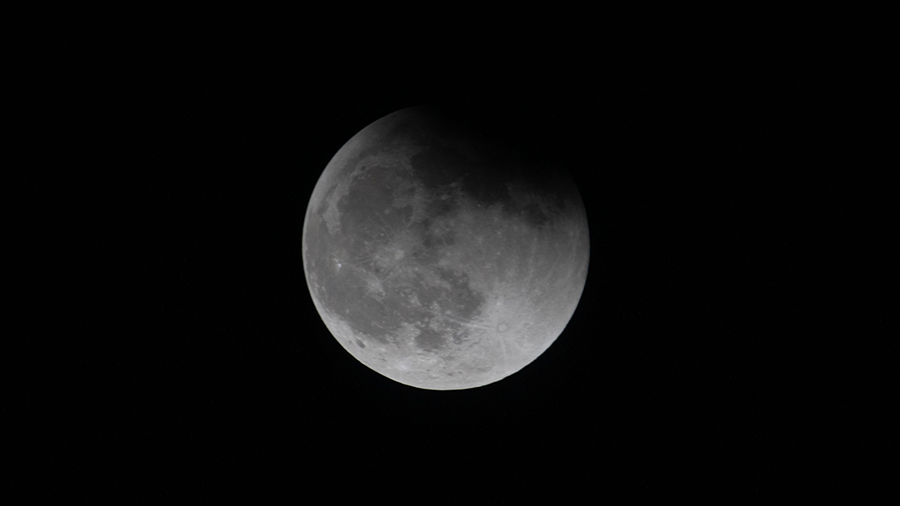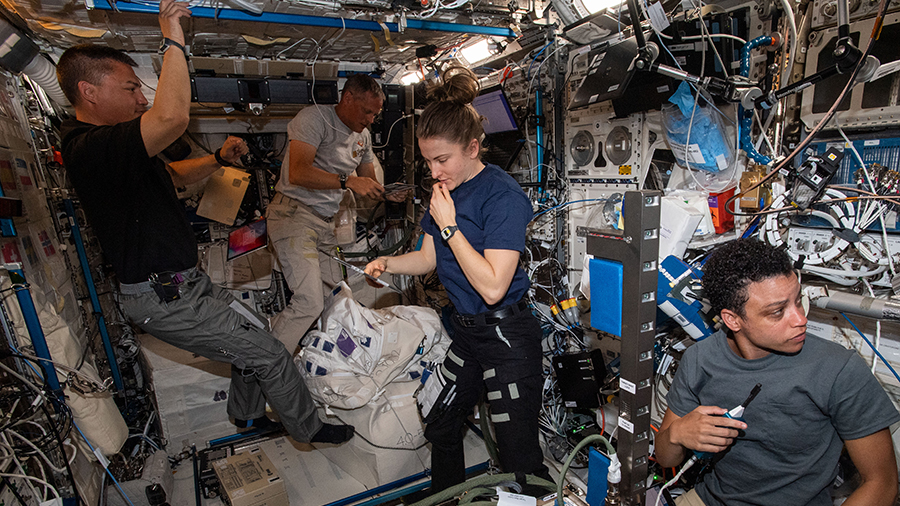
The International Space Station is gearing up for the targeted arrival of Boeing’s Starliner crew ship on the company’s Orbital Flight Test-2 (OFT-2) mission. Meanwhile, the Expedition 67 crew is continuing its ongoing life science activities while maintaining orbital lab systems.
Weather forecasters are predicting a 70% chance for favorable weather when Boeing’s OFT-2 mission is scheduled to launch at 6:54 p.m. EDT on Thursday. The Starliner spacecraft will lift off atop the Atlas-V rocket from United Launch Alliance at Cape Canaveral Space Force Station in Florida. Starliner will take a 24-hour automated trip to the station where it will dock to the Harmony module’s forward port for five to 10 days of cargo and test operations.
NASA Flight Engineers Kjell Lindgren and Bob Hines spent an hour on Tuesday reviewing procedures for Starliner’s approach and docking. The duo will be on duty Friday monitoring Starliner during its three-and-a-half hours of automated approach maneuvers before docking at 7:10 p.m. EDT on Friday.
Lindgren later spent the afternoon participating in a robotics proficiency test before installing seed cartridges and root modules for the xROOTS space botany study. Hines worked on U.S. spacesuit maintenance, partnering with astronaut Samantha Cristoforetti of ESA (European Space Agency), swapping and stowing components planned for return on an upcoming SpaceX cargo mission.
NASA Flight Engineer Jessica Watkins finished wearing a headband and vest after 24 hours for the Bio-Monitor experiment that monitors an astronaut’s health without interfering with mobility. Watkins also checked her blood pressure throughout the day for the Vascular Echo study that examines changes in blood vessels and cardiac activity in microgravity.
The station’s three cosmonauts from Roscosmos focused on their list of science and maintenance tasks in the orbiting lab’s Russian segment. Flight Engineer Sergey Korsakov updated software and replaced a laptop computer then explored ways to improve communications between station crew members and mission controllers from around the world. Commander Oleg Artemyev and Flight Engineer Denis Matveev joined each other Tuesday morning and serviced exercise gear. The duo then split up to work on broadband communications gear and inventory tools.

